My Favourite Painting: Finlay Scott
The philanthropist Finlay Scott chooses an unusual portrait of Whistler which captures some of the great man's spirit.
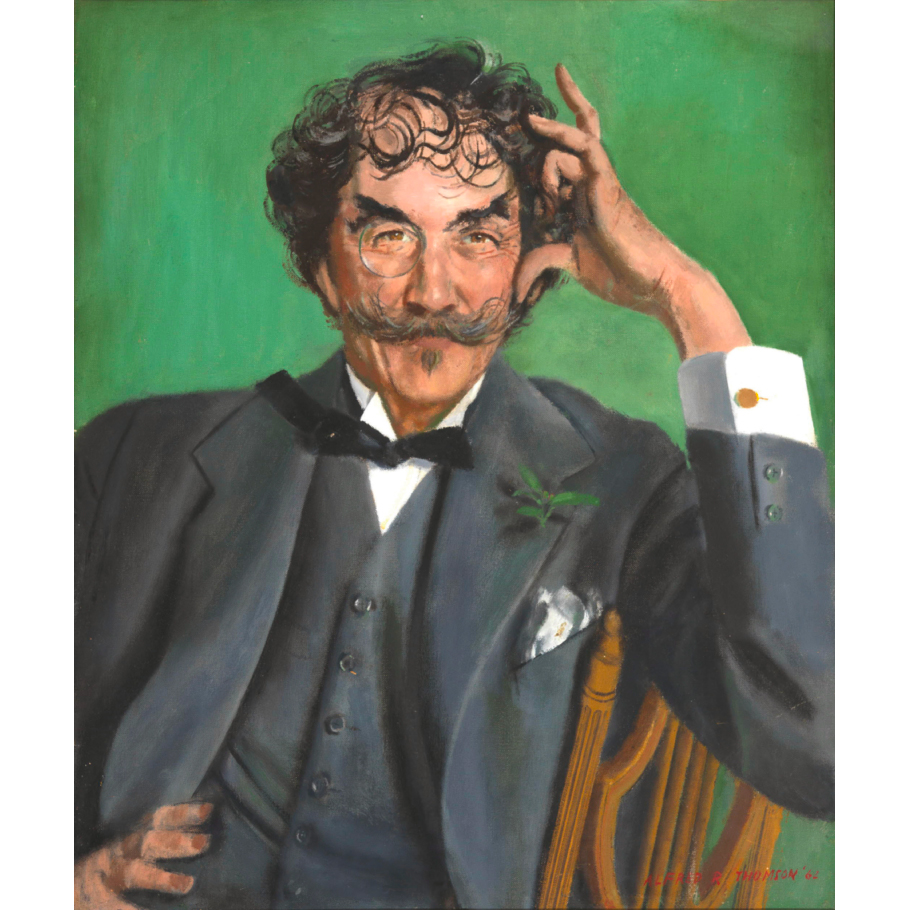

Finlay Scott on his choice, Portrait of James Abbott McNeill Whistler by Alfred Thomson
'I first saw this painting 35 years ago, in the dining room of The Chelsea Arts Club on an early date with my now wife.
'Although it’s not a “great work”, Whistler’s humour, charm and sense of fun shine through– it struck me then he’d be an ideal dinner companion (but not necessarily a good life partner). I always smile upon seeing the picture, associating it with good times, laughter and love.'
Finlay Scott is a philanthropist and the chairman and founder of The Clink Charity, which works to reduce re-offending by equipping prisoners with hospitality qualifications.
John McEwen comments on Portrait of James Abbott McNeill Whistler
The multi-qualified James Laver FRSA (1899–1975), poet, novelist, historian, V&A curator and CBE, wrote in his 1930 biography of Whistler that the artist was ‘as difficult to pin down as the butterfly which he took as his symbol; a tiresome, elusive creature surprising the eye with flashes of unexpected beauty’.
In elusive emphasis, Whistler declared: ‘I shall be born where I want’, naming several birthplaces. He was actually born in Lowell, Massachusetts, US, in 1834, discounted ‘as a mistake’ because he regarded himself a cavalier southerner. Laver saw Whistler’s principal birthplaces as indicative of his character: Lowell for the ‘puritanism from which he never managed to shake himself free’; a St Petersburg childhood for his cosmopolitanism; and Baltimore, where he briefly attended an engineering office, symbolising the southern-cavalier side.
Alfred Thomson’s 1962 portrait, after one by Paul César Helleu, reflects Whistler’s tripartite character. Thomson was born deaf and, because of speech difficulties, gained later notoriety as ‘the deaf and dumb artist’. When he failed the Royal Academy School exam, his father forbade him to do art and got him a farm job.
Thomson persisted, however, beginning as a poster artist and finishing as a Royal Academician as well as, in 1948, became the last person to win an Olympic gold medal for painting.
In this portrait, Whistler may not smile, but everything else bespeaks his quip to the lady who compared him only with Velázquez: ‘Why drag in Velázquez!’ The Whistler Society was begun by Chelsea Arts Club members in 2012.
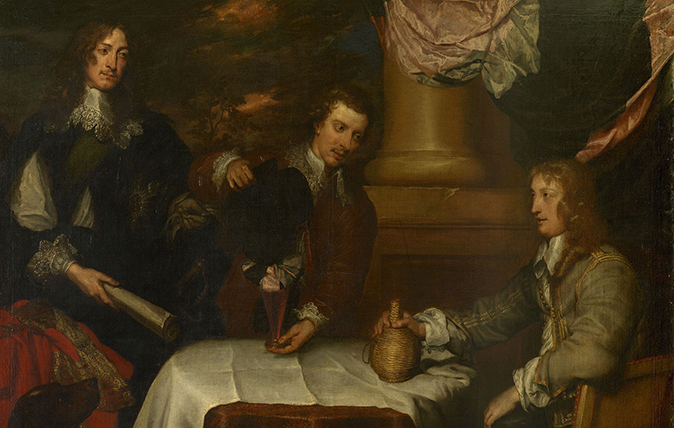
My favourite painting: Bernard Taylor
'I am fascinated by the drama clearly visible on the subjects’ faces and intrigued by the events that led to
Sign up for the Country Life Newsletter
Exquisite houses, the beauty of Nature, and how to get the most from your life, straight to your inbox.
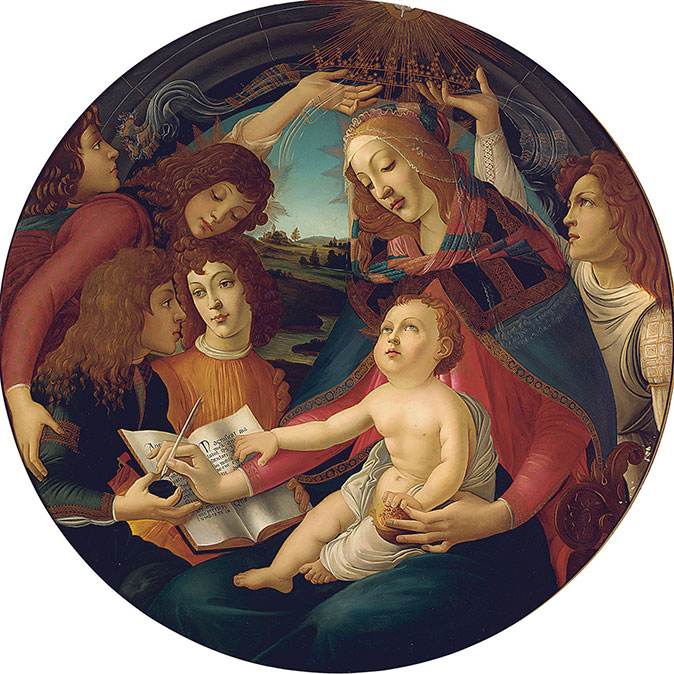
Credit: Bridgeman Images
My favourite painting: Mark Price
'The picture reminds me of her: I swear she is an angel.'
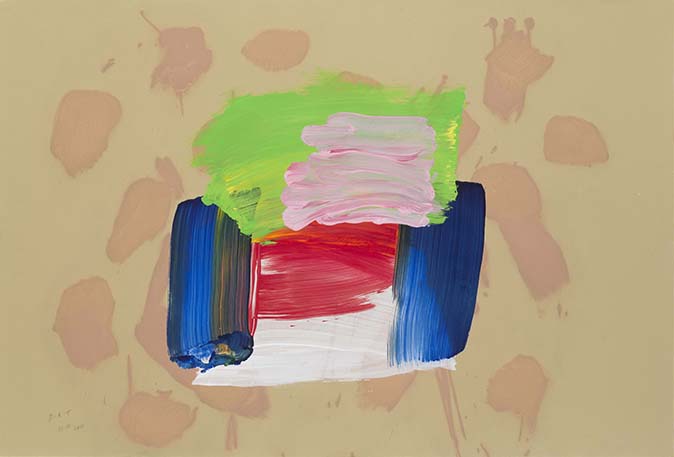
Credit: Courtesy of the artist’s estate/Alan Cristea Gallery
My favourite painting: Roger Wright
'Its typically powerful brushstrokes and juxtaposed gorgeous colours give a heart warming and evocative sense of fun and nostalgia'
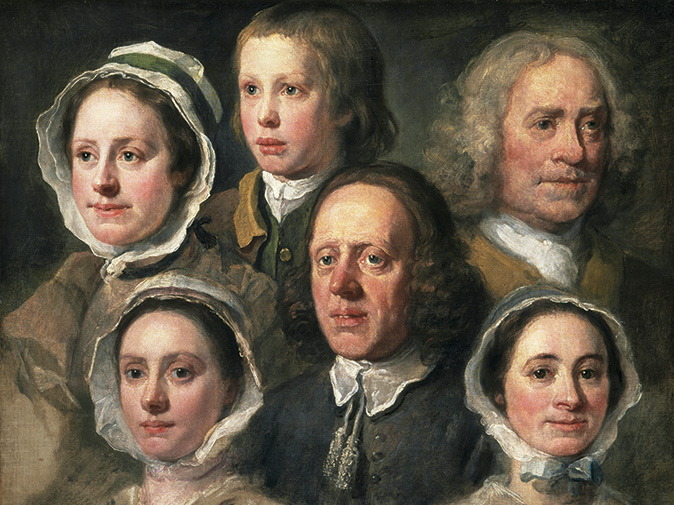
My favourite painting: Jenny Uglow
'This is a tribute to the dignity and inner lives of “ordinary” people, profound and tender at once.'
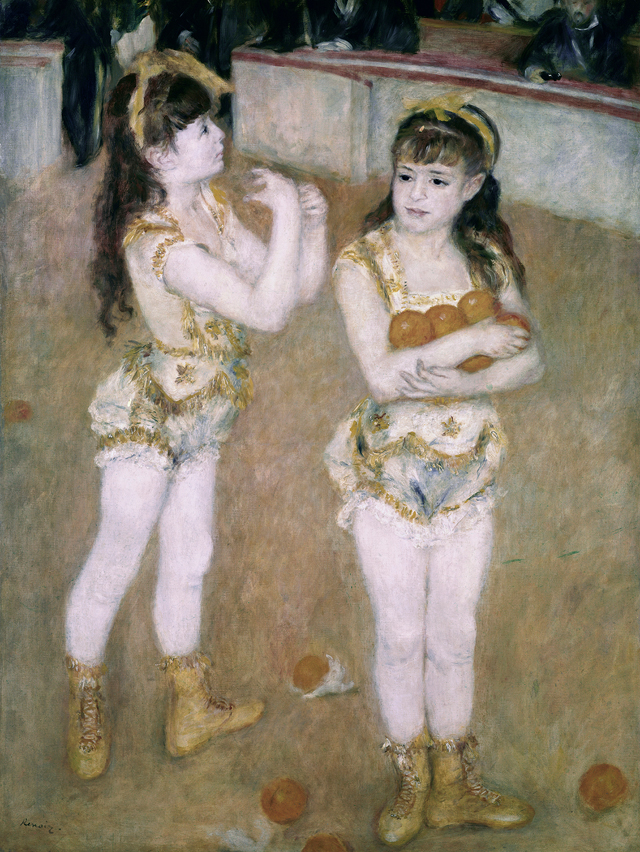
My favourite painting: Jacqueline Wilson
'I looked at this painting and decided to write about a Victorian circus girl one day'
Country Life is unlike any other magazine: the only glossy weekly on the newsstand and the only magazine that has been guest-edited by HRH The King not once, but twice. It is a celebration of modern rural life and all its diverse joys and pleasures — that was first published in Queen Victoria's Diamond Jubilee year. Our eclectic mixture of witty and informative content — from the most up-to-date property news and commentary and a coveted glimpse inside some of the UK's best houses and gardens, to gardening, the arts and interior design, written by experts in their field — still cannot be found in print or online, anywhere else.
-
 Designer's Room: A solid oak French kitchen that's been cleverly engineered to last
Designer's Room: A solid oak French kitchen that's been cleverly engineered to lastKitchen and joinery specialist Artichoke had several clever tricks to deal with the fact that natural wood expands and contracts.
By Amelia Thorpe
-
 Chocolate eggs, bunnies and the Resurrection: Country Life Quiz of the Day, April 18, 2025
Chocolate eggs, bunnies and the Resurrection: Country Life Quiz of the Day, April 18, 2025Friday's quiz is an Easter special.
By James Fisher
-
 'As a child I wanted to snuggle up with the dogs and be part of it': Alexia Robinson chooses her favourite painting
'As a child I wanted to snuggle up with the dogs and be part of it': Alexia Robinson chooses her favourite paintingAlexia Robinson, founder of Love British Food, chooses an Edwin Landseer classic.
By Charlotte Mullins
-
 The Pre-Raphaelite painter who swapped 'willowy, nubile women' for stained glass — and created some of the best examples in Britain
The Pre-Raphaelite painter who swapped 'willowy, nubile women' for stained glass — and created some of the best examples in BritainThe painter Edward Burne-Jones turned from paint to glass for much of his career. James Hughes, director of the Victorian Society, chooses a glass masterpiece by Burne-Jones as his favourite 'painting'.
By Charlotte Mullins
-
 'I can’t look away. I’m captivated': The painter who takes years over each portrait, with the only guarantee being that it won't look like the subject
'I can’t look away. I’m captivated': The painter who takes years over each portrait, with the only guarantee being that it won't look like the subjectFor Country Life's My Favourite Painting slot, the writer Emily Howes chooses a work by a daring and challenging artist: Frank Auerbach.
By Toby Keel
-
 My Favourite Painting: Rob Houchen
My Favourite Painting: Rob HouchenThe actor Rob Houchen chooses a bold and challenging Egon Schiele work.
By Charlotte Mullins
-
 My Favourite Painting: Jeremy Clarkson
My Favourite Painting: Jeremy Clarkson'That's why this is my favourite painting. Because it invites you to imagine'
By Charlotte Mullins
-
 The chair of the National Gallery names his favourite from among the 2,300 masterpieces — and it will come as a bit of a shock
The chair of the National Gallery names his favourite from among the 2,300 masterpieces — and it will come as a bit of a shockAs the National Gallery turns 200, the chair of its board of trustees, John Booth, chooses his favourite painting.
By Toby Keel
-
 'A wonderful reminder of what the countryside could and should be': The 200-year-old watercolour of a world fast disappearing
'A wonderful reminder of what the countryside could and should be': The 200-year-old watercolour of a world fast disappearingChristopher Price of the Rare Breed Survival Trust on the bucolic beauty of The Magic Apple Tree by Samuel Palmer, which he nominates as his favourite painting.
By Charlotte Mullins
-
 My favourite painting: Andrew Graham-Dixon
My favourite painting: Andrew Graham-Dixon'Lesson Number One: it’s the pictures that baffle and tantalise you that stay in the mind forever .'
By Country Life